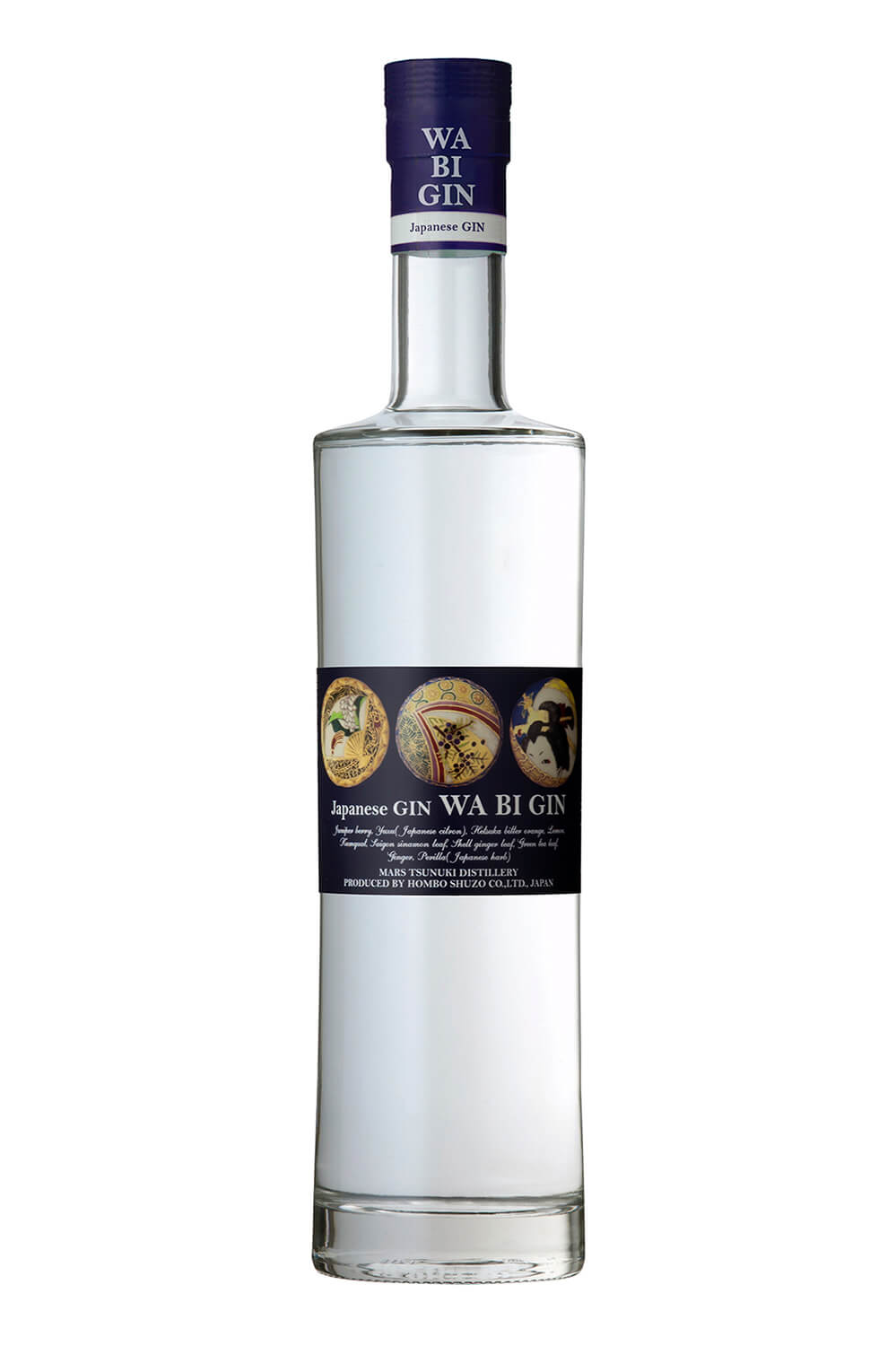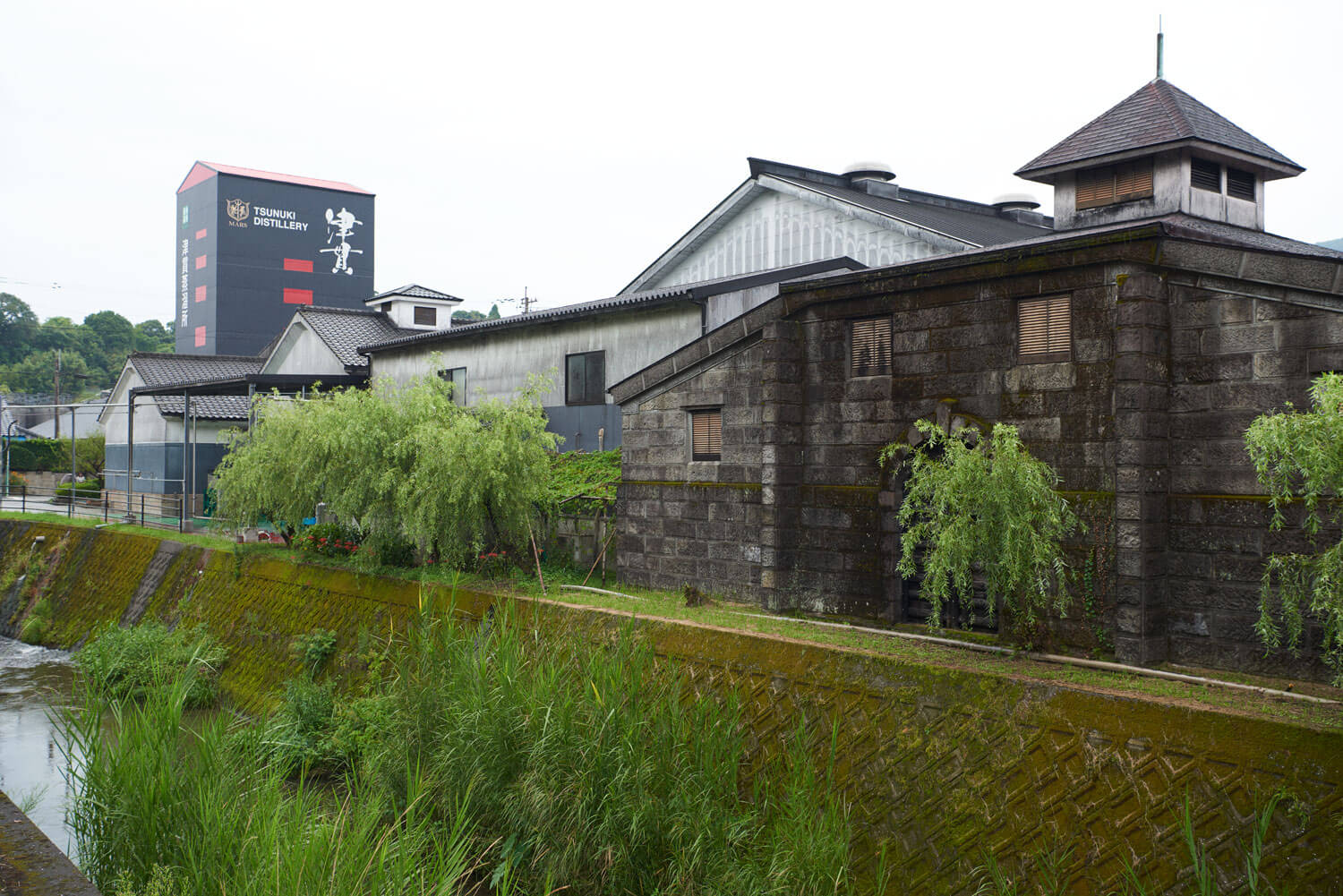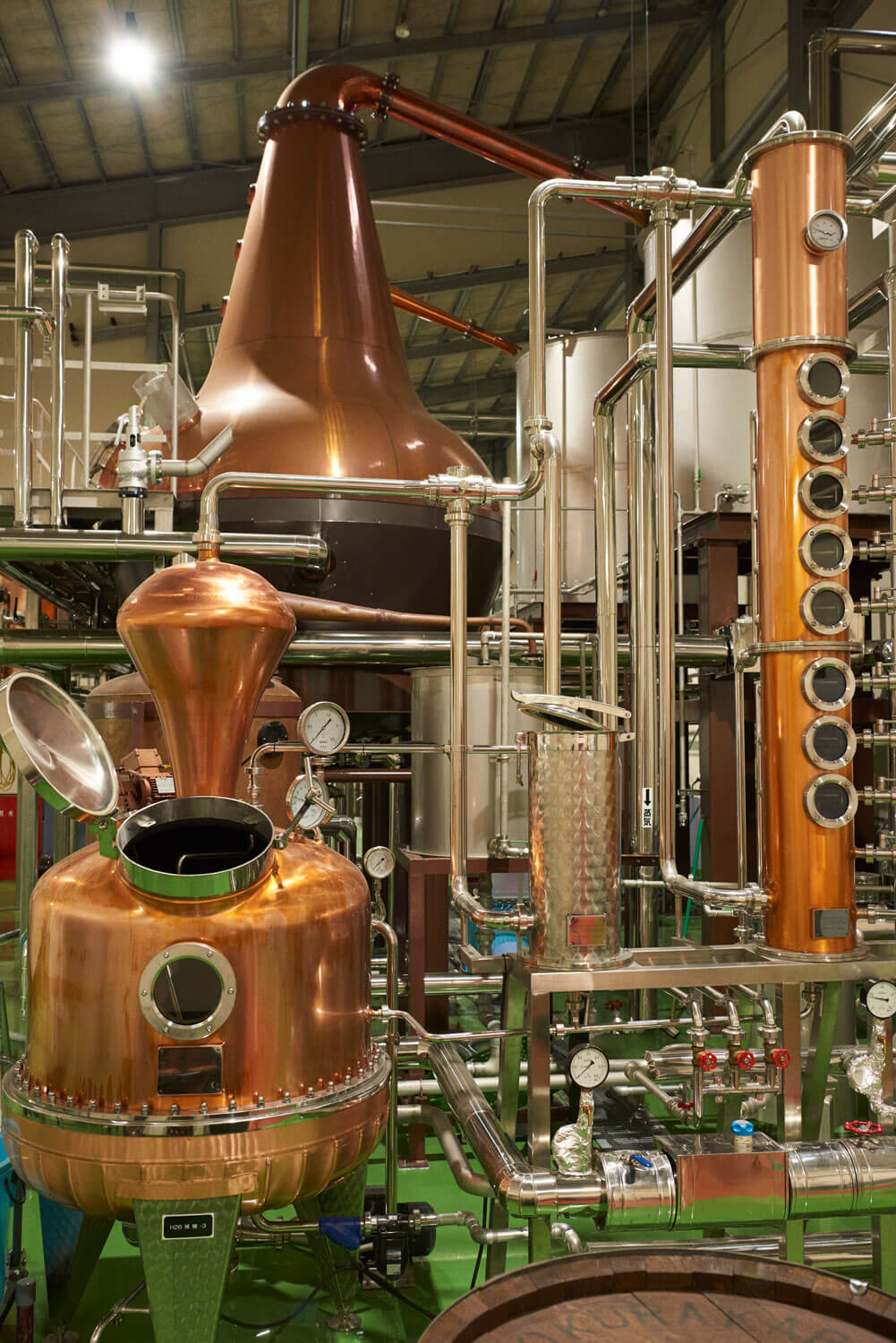WA BI Gin, Japanese Beauty in a Bottle
Distilled by Hombo Shuzo, this gin contains aromatic notes that are typical of Kyushu island in southern Japan, like that of ‘yuzu.’

© Hombo Shuzo Co., Ltd.
Hombo Shuzo first became known for its shochu, a traditional alcoholic beverage similar to brandy. In 1960, the company then started diversifying, producing whisky and wine. Having initially opened in Yamanashi, the distillery was relocated in 1985 to Shinshu in the Japanese Alps. It became known as the Mars Shinshu, where aromatic whiskies were produced.
Flavours that pay homage to Japanese nature
In 2017, the traditional brand (founded in 1872) decided to launch itself into the artisanal production of gin. This marked the beginning of WA BI GIN, a story with passion at its heart.
WA BI means ‘Japanese beauty.’ The gin contains a combination of nine local plants, dominated by yuzu and green tea, and is intended as an homage to Japanese nature. On the palate can be tasted citrus (yuzu and kumquat) and green tea, while fresh aromas of ginger and cinnamon are redolent on the nose. An acidic flavour of bitter orange finishes the gin off. The alcohol tells, at the bottom of each glass, the story of the richness of Kyushu, a subtropical, mountainous, and volcanic region. Bon voyage.
More information on WA BI GIN can be found on Hombo Shuzo distillery’s website.

© Yasuyuki Emori

© Yasuyuki Emori
TRENDING
-
The Tattoos that Marked the Criminals of the Edo Period
Traditional tattoos were strong signifiers; murderers had head tattoos, while theft might result in an arm tattoo.

-
Chiharu Shiota, Red Threads of the Soul
Last year, more than 660,000 people visited the retrospective 'Chiharu Shiota: The Soul Trembles' exhibit at the Mori Art Museum.

-
‘Before Doubting Others, Doubt Yourself. Who Can Truly Say a Dish Isn’t What It Used to Be?’
In ‘A Non-Conformist’s Guide to Surviving Society’, author Satoshi Ogawa shares his strategies for navigating everyday life.

-
The Story of Sada Yacco, the Geisha who Bewitched Europe
Described by Dazed magazine as the first beauty influencer, she has been restored to her former glory since 2019.

-
Ito Jakuchu's Naturalist Paintings
From 15 September until 14 October 2018, the Petit Palais showcased the artist's iconic ‘Images of the Colourful Realm of Living Beings’.





